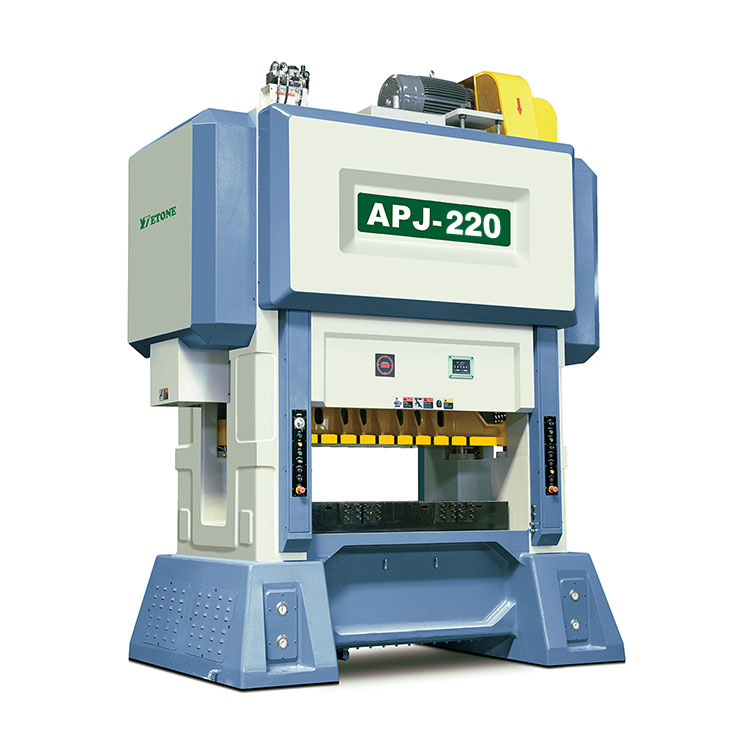Setting the speed target value of a high-speed punch press is a complex process that requires comprehensive consideration of multiple factors to ensure the efficiency of the punch press, product quality, and equipment safety during operation. The following are the steps and considerations for setting the speed target value of a high-speed punch press:
1. Understand the technical parameters of the punch press
Punch specifications: Consult the technical manual of the punch press to understand its parameters such as maximum impact speed, maximum stroke frequency, and working stroke.
Stamping material characteristics: The stamping characteristics and thickness of different materials (such as metals, plastics, etc.) will affect the speed setting of the punch press.
2. Material property analysis
Material strength: Consider the tensile strength and yield strength of the material, which affects the deformation behavior during stamping.
Material thickness: The greater the thickness, the lower the required stamping speed may be to avoid cracking or deformation of the material.
3. Stamping process requirements
Stamping process type: Select the appropriate speed based on the stamping process (such as shearing, forming, punching, etc.). Some processes may require slower speeds to improve product quality.
Product complexity: Complex stamping parts may require lower speeds to ensure accuracy and surface quality.
4. Equipment Capability
Equipment Condition: Check the maintenance status and operation history of the punch press to ensure that it can operate stably at the set speed.
Vibration and Noise: Higher speeds may cause increased vibration and noise in the equipment, which must be set within an acceptable range.
5. Production Efficiency
Output Requirements: Set the speed according to the production plan and order requirements. The higher the speed, the greater the output per unit time.
Balance Speed and Quality: When setting the target speed, it is necessary to balance production efficiency and product quality to avoid affecting quality due to excessive speed.
6. Safety Factors
Safety Operating Procedures: Follow the factory's safety operating procedures, and the set speed should ensure the safety of the operator.
Punch Press Protection Device: Ensure that the equipment's protection devices (such as emergency stop, photoelectric protection, etc.) operate normally to prevent accidents.
7. Experimentation and Adjustment
Initial Setting: Set the initial speed target value based on the above factors.
Trial Run: Conduct a trial run and observe the stamping effect, record product quality, equipment status and production efficiency.
Data Analysis: Analyze based on the trial run data to determine whether the target speed needs to be adjusted.
8. Continuous Improvement
Regular Evaluation: Regularly evaluate the operating status and product quality of the punch press, and adjust the speed target value when necessary.
Feedback Mechanism: Establish a feedback mechanism to collect opinions from operators and quality inspectors and make timely adjustments.
9. Documentation
Record the set value: Record the set speed target value and related parameters for subsequent reference and adjustment.
Version Control: Perform version control on each adjustment to ensure that it can be traced when problems arise.
Summary:Setting the speed target value of a high-speed punch press is a systematic process involving material properties, process requirements, equipment capabilities, safety factors, and other aspects. Through scientific analysis and testing, the optimal speed target value that can meet both production efficiency and product quality can be set.
